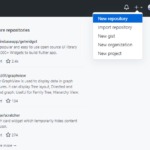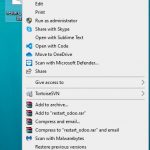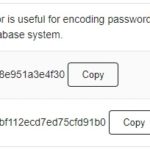A bug is a programming error that causes the program to behave in an unintended or unanticipated manner. Bugs can be hard to find and fix, but with these tips you will have more success in tracking them down.

Table of Contents
How is a bug fixed?
If a bug is of minor importance, it may be fixed by modifying the code to get rid of the problem. For more serious bugs in need of a fix (especially those that crash or freeze systems), developers often release patches and fixes for users with affected software. Users can also submit feedback about their problems so that others don’t have to encounter them too!
The following are some of the best practices for finding bugs:
- Keep track of changes – make sure you know what changed on your server before it broke so you can reproduce the problem easily when debugging; write good commit messages detailing why each change was made and which files were modified.
- Be proactive about testing – use unit tests as well as end-to-end integration tests to try and break things, then ensure everything still works after those mistakes have been fixed.
- Create a list of common user flows with the goal of finding bugs – try to break each flow by changing user input or taking an unexpected route through your app.
- Be systematic about debugging – isolate and fix one bug at a time.
The best way to find out what’s causing your bug?
Start narrowing down possible causes from things like operating system type, hardware configurations, installed apps and files recently opened before the issue started happening. Once you figure out which app might be causing issues, remove it from your device and see if anything changes in response time or performance on your phone overall. If nothing has changed, you can reinstall the app to see if it helps.
If your problem is rooted deeper into a more serious software-related bug, then you might want to do some research on how that particular program works so that you know what’s causing the issue and where exactly in the code it may be located! You should also look at device forums online for any possible solutions or troubleshooting tips.
It’s important to note that before submitting feedback about an existing bug, make sure it has not been previously reported by someone else already – this way developers will have all of their bases covered when looking at fixing problems across different platforms and devices.
Plus, providing as many details about your setup with operating systems versions, installed apps, hardware configurations and more will save developers time and energy from having to ask for those details separately.
Ways to handling bugs
Debugging: If you have a debugger, use it. This will allow you to see what is happening behind the scenes of your code and help find bugs easier. You can also try setting breakpoints on lines that are important or suspect so when they are hit the program pauses execution before reaching the problem area and gives more information about what might be wrong.
Refactoring: Refactoring changes how your code works without changing its functionality (e.g., moving function definitions from one file to another). They make it simpler for programmers to read, understand, and maintain existing code–including finding any lurking problems in need of fixing.
Design Patterns: Design patterns provide general programming structures used by many programmers to solve common problems. You can use design patterns to find existing solutions that match your own problem, and then tailor them if necessary.
Unit Testing: Unit testing is the process of executing a specific set of instructions or code with the intent of finding an error in functionality (not necessarily bugs).*
Code Coverage Tools: Code coverage tools measure how much computer program source code has been tested by a particular test case.
What does this mean for you? By following these tips, you will have less work on debugging when it comes time to fix any bugs found in your project!



